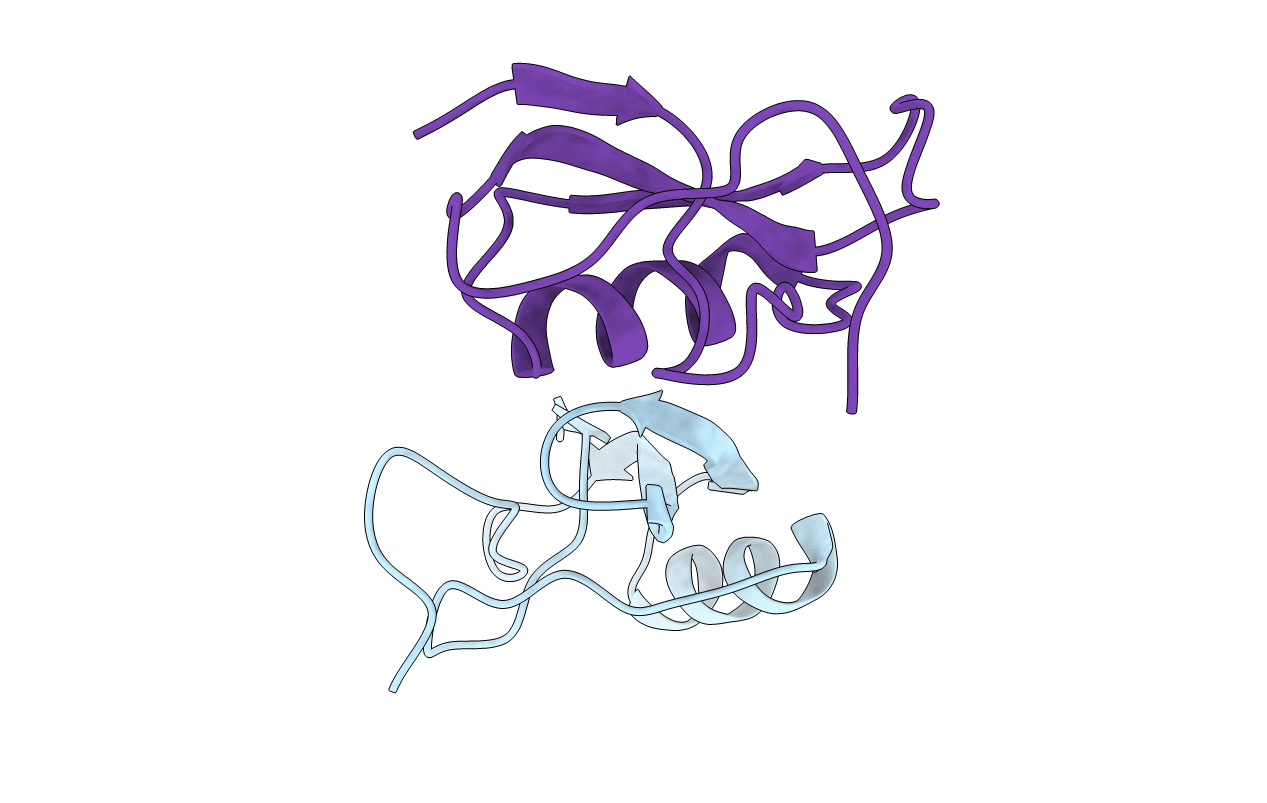
Deposition Date
2005-07-06
Release Date
2005-07-19
Last Version Date
2024-11-20
Entry Detail
PDB ID:
2A7T
Keywords:
Title:
Crystal Structure of a novel neurotoxin from Buthus tamalus at 2.2A resolution.
Biological Source:
Source Organism:
Mesobuthus tamulus (Taxon ID: 34647)
Method Details:
Experimental Method:
Resolution:
2.20 Å
R-Value Free:
0.22
R-Value Work:
0.20
R-Value Observed:
0.20
Space Group:
P 1 21 1


